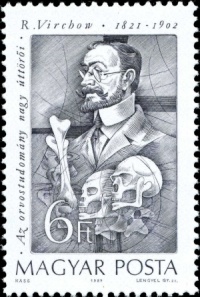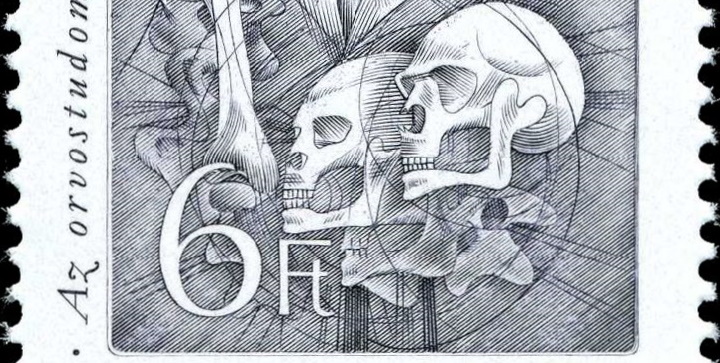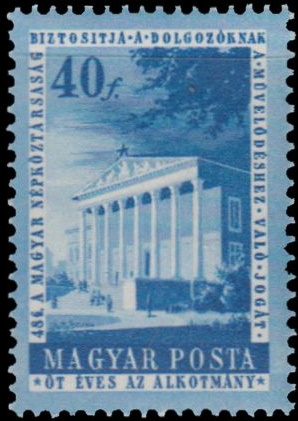the place where Paleontology and Paleoanthropology meets Philately
Hungary
Dinosaurs and other prehistoric
animals, fossils, Natural History Museums, anthropologists on stamps and postmarks of Hungary
| << previous country | back to index | next country >> |
Contents:
- Country overview
- Philately of Hungary
- Official stamps of Hungary related to Paleontology
- Other stamps of Hungary to consider
- Commemorative postmarks of Hungary related to Paleontology
- Other postmarks of Hungary to consider
- References
- Acknowledgements
Hungary (Hungarian: Magyarország), is a country in Central Europe, it is bordered by Slovakia to the north, Romania to the east, Serbia to the south, Croatia to the southwest, Slovenia to the west, Austria to the northwest, and Ukraine to the northeast.
The country's capital and largest city is Budapest. Hungary is a member of the European Union, NATO, the OECD, the Visegrád Group, and the Schengen Area. The official language is Hungarian, which is the most widely spoken non-Indo-European language in Europe.
After World War II, Hungary came under the influence of the Soviet Union, which contributed to the establishment of a four-decade-long communist dictatorship (1947–1989). On 23 October 1989, Hungary again became a democratic parliamentary republic. [R1]
The postal history of Hungary is strongly linked to the history of Hungary. Mail delivery on a countrywide basis was first organized by the Habsburgs under the Austro-Hungarian Empire. Until 1871, Hungary used the same stamps as other territories of the Empire. The postal systems of Austria and Hungary were formally separated following the Compromise of 1867, with both becoming fully independent after 1908.
The Hungarian Post was nationalized after 1947. Until 1990, the Post Office controlled not only mail and package delivery, but also the full range of telecommunications.
When the Post Office was split into separate companies, Magyar Posta JSC was established to handle postal administration. [R2]
Notes:
* There are no international country name on stamps of Hungary. MAGYAR
POSTA used on stamps before 1992 and MAGYARORSZAG (Hungarian name of the country) later on.
** Hungarian stamps from 1957 to 1992 are available in two variations: perforated and imperforated
Official stamps directly related to Paleontology and Paleoanthropology: fossils, dinosaurs, prehistoric plants, skulls of Neanderthal
| 21.09.1969 "100th anniversary of Hungarian State Institute of Geology" | 29.12.1989 "Medical Pioneers" [1] | 16.11.1990 "Prehistoric animals" |
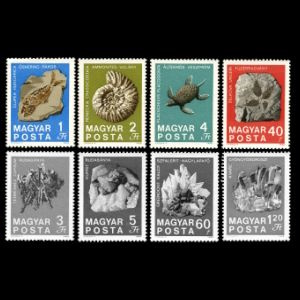 |
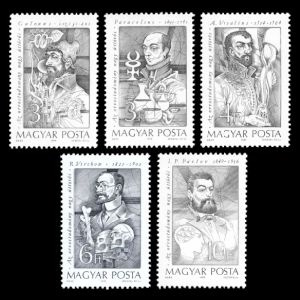 |
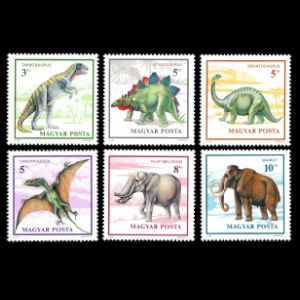 |
| 27.10.1993 "Prehistoric Man" | 09.05.2002 "200th anniversary of Hungarian Museum of Natural History: domestic animals" [2] | 08.06.2016 "Geological Treasures" |
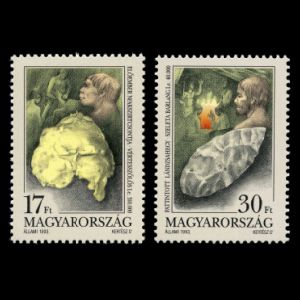 |
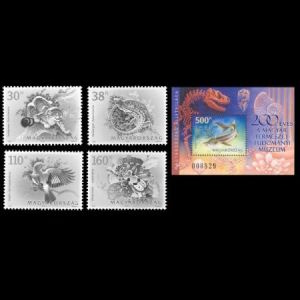 |
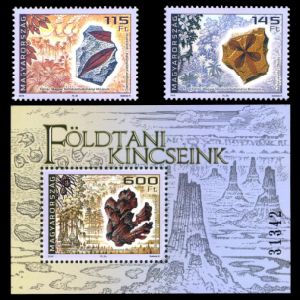 |
| 03.09.2018 "THE WORLD OF THE BAKONY DINOSAURS (I)" [3] | 04.03.2020 "THE WORLD OF THE BAKONY DINOSAURS (II)" [3] | |
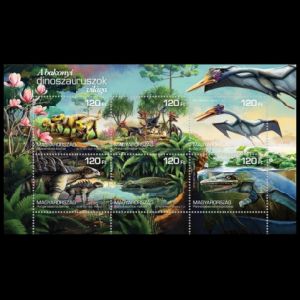 |
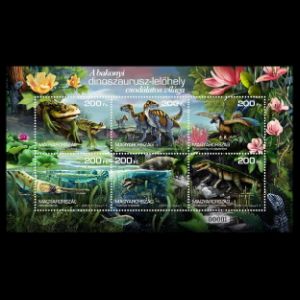 |
|
Notes:
[1] The stamp with face value of 6ft shows German pathologist and anthropologist Rudolf Virchow (1821-1902) and some bones of Homo sapiens neanderthaltnsis.
Virchow became one of the leading opponents on the debate over the authenticity of the Neanderthal, discovered in 1856 in Germany, as distinct species and ancestral to modern humans. He himself examined the original fossil in 1872, and presented his observations before the Berliner Gesellschaft für Anthropologie, Ethnologie und Urgeschichte. He stated that the Neanderthal had not been a primitive form of human, but an abnormal human being, who, judging by the shape of his skull, had been injured and deformed, and considering the unusual shape of his bones, had been arthritic, rickety, and feeble. With such an authority, the fossil was rejected as new species. With this reasoning, Virchow "judged Darwin an ignoramus and Haeckel a fool and was loud and frequent in the publication of these judgments." [R3]
[2] Fossils of Tyrannosaurus, Ammonite and flint tool from the collection of the museum are depicted on the margin of the Souvenir-Sheet.
[3] Not all animals on these stamps are dinosaurs, but unfortunately many Post Authorities of the world made the same mistake. The better name of these stamps should be "The world of the Bakony prehistoric animals".
Other stamps of Hungary to consider: Natural History Museums
| 20.08.1954 "5 years of Constitution" [A1] | 30.06.1987 "Antarctic Explorers" [A3] | 03.06.2019 "150th anniversary of the Hungarian Royal Geological Institute" [A2] |
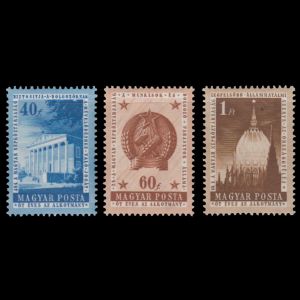 |
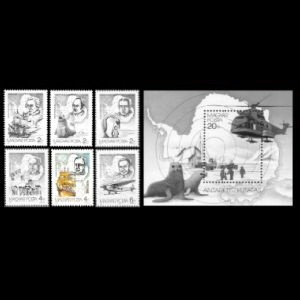 |
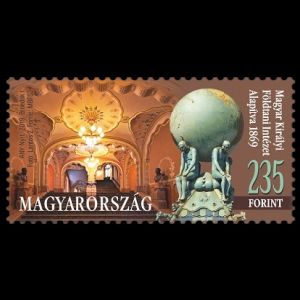 |
Notes:
[A1] The blue stamp shows Hungarian National Museum.
The Animal Bones Archaeological Collection at the Hungarian National Museum was created by Sándor Bökonyi in 1953, as the fifth distinct collection in the Department of Archaeology.
The basis for the collection was provided by animal bone remains transferred from the Prehistoric Collection and pieces recovered during archaeological excavations at that time. The collection contains 78,513 examples of animal bone from a total of 388 find-sites. The Hungarian National Museum’s Animal Bones Archaeological Collection contains remains from every large mammal species inhabiting the Carpathian Basin in the last 12,000 years, include original fossils of prehistoric humans depicted on stamps in 1993.
Moreover, part of the collection consists of documented bone remains from domestic animals kept by the peoples living in the region, including livestock owned by the early Hungarians. [R5]
[A2] 150th anniversary of the Hungarian Royal Geological Institute.
The Hungarian Royal Geological Institute was the first state center for geological research in Hungary, whose foundation was approved by the Emperor Francis Joseph.
During the one hundred and fifty years of its existence, the institute has undergone numerous transformations and currently it operates under the name of the Mining and Geological Survey of Hungary.
The first day cover shows palaeontological finds (Ammonite and Sand Dollar) and the postmark has a stylized drawing of the building’s facade.
[A3] One of the stamps with the face value of 4fr. shows Robert Falcon Scott.
Robert Falcon Scott CVO (6 June 1868 – 29 March 1912) was a Royal Navy officer and explorer who led two expeditions to the Antarctic regions: the Discovery expedition of 1901–1904 and the ill-fated Terra Nova expedition of 1910–1912.
Scott and his companions died on the second expedition. When Scott and his party's bodies were discovered, 16kg of Glossopteris (an extinct beech-like tree from 250 million years ago) fossils from the Queen Maud Mountains found next to their bodies, which they had dragged on hand sledges.
These fossils were promised to Marie Stopes (shown on UK stamp in 2008) to provide evidence for Eduard Suess's idea that Antarctica had once been part of an ancient super-continent named Gondwanaland (now Gondwana).
For more details about Robert Falcon Scott, please go here.
Postal Stationeries related to Paleontology: prehistoric animals
| 29.10.1996 "Nature Science Museum" [PS1] | ||
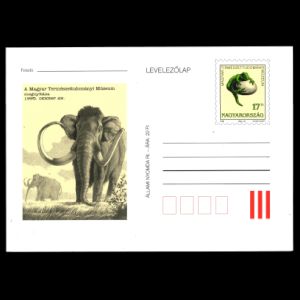 |
|
|
Notes:
[PS1] Mammoth on a cachet of postal stationery of Nature Science Museum. Paleontologic collection of the museum, include dinosaur and Ammonite are depicted on postage stamps in 2002.
Commemorative postmarks of Hungary related to Paleontology and Paleoanthropology: fossils, dinosaurs, prehistoric plants, skulls of Neanderthal
Legend is here| 21.09.1969 "100 anniversary of Hungarian State Institute of Geology" [FDC] | 29.08.1982 " " [Sp] | 29.08.1983 " " [Sp] |
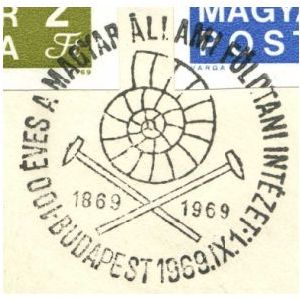 |
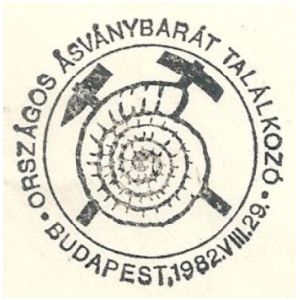 |
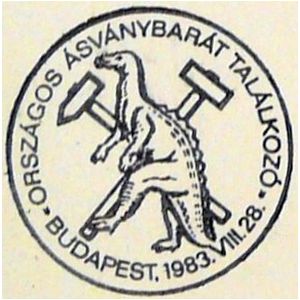 |
| 16.11.1990 "Prehistoric animals" [FDC] | 27.10.1993 "Prehistoric Man" [FDC] | 08.06.2016 "Geological Treasures" [FDC] |
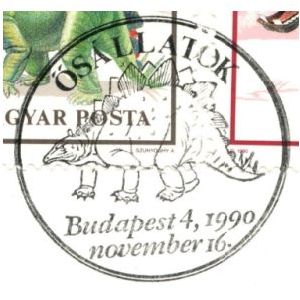 |
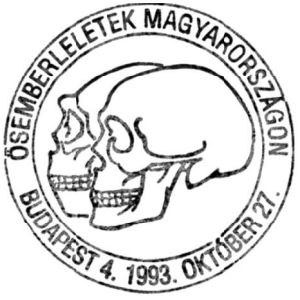 |
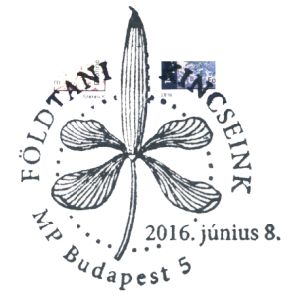 |
| 03.09.2018 "THE WORLD OF THE BAKONY DINOSAURS (I)" [FDC] | 04.03.2020 "THE WORLD OF THE BAKONY DINOSAURS (II)" [FDC] | |
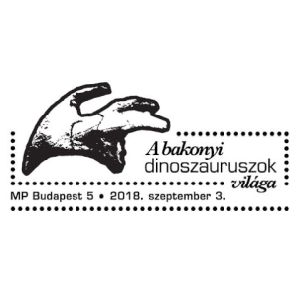 |
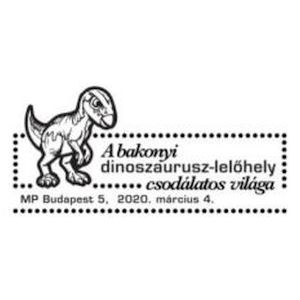 |
|
Other commemorative postmarks of Hungary to consider: Hungarian Royal Geological Institute
Legend is here| 03.06.2019 "150th anniversary of the Hungarian Royal Geological Institute" [FDC] [A2] | ||
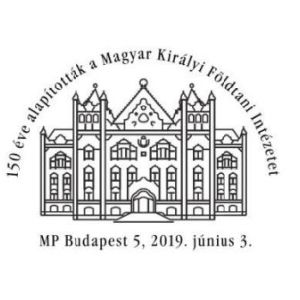 |
|
|
References:
- [R1] Hungary:
Wikipedia
WikiTravel
FlagCounter
-
[R2] Postal History and Philately of Hungary:
Wikipedia
Links to official website of the Post Authority, stamp catalog and a list of new stamps of Hungary are here - [R3] Rudolf Virchow: Wikipedia
- [R4] Hungarian Museum of Natural History: official website
- [R5] Hungarian National Museum: official website, Wikipedia
Acknowledgement:
- Many thanks to Dr. Peter Voice from Department of Geological and Environmental Sciences, Western Michigan University, for the draft page review and his valuable comments.
- Many thanks to Mr. Alexander Pedchenko from Russia, for his help in finding some missing philatelic stuff of Hungary.
| << previous country | back to index | next country >> |
